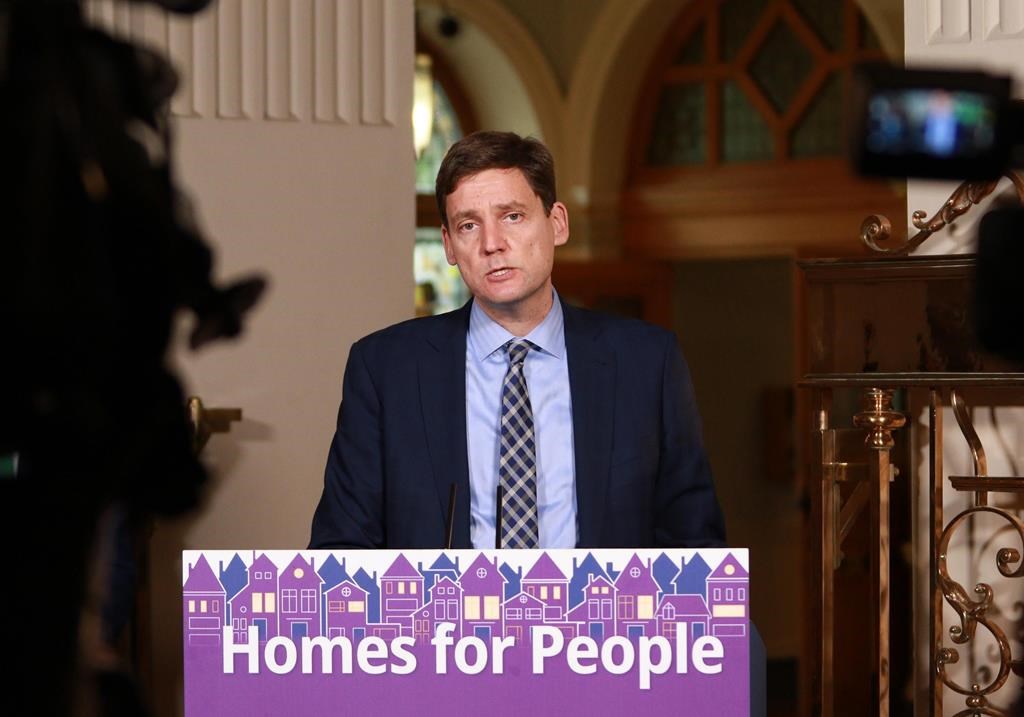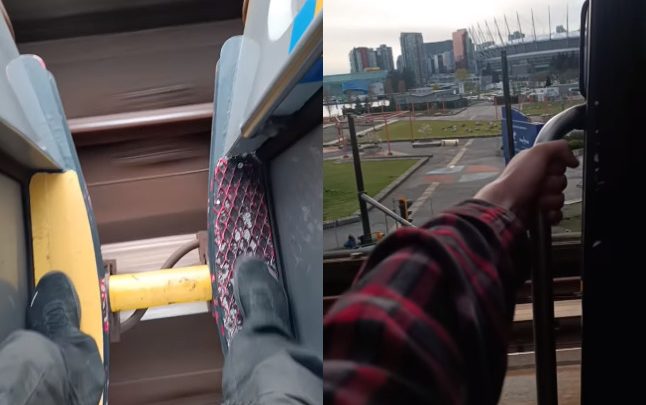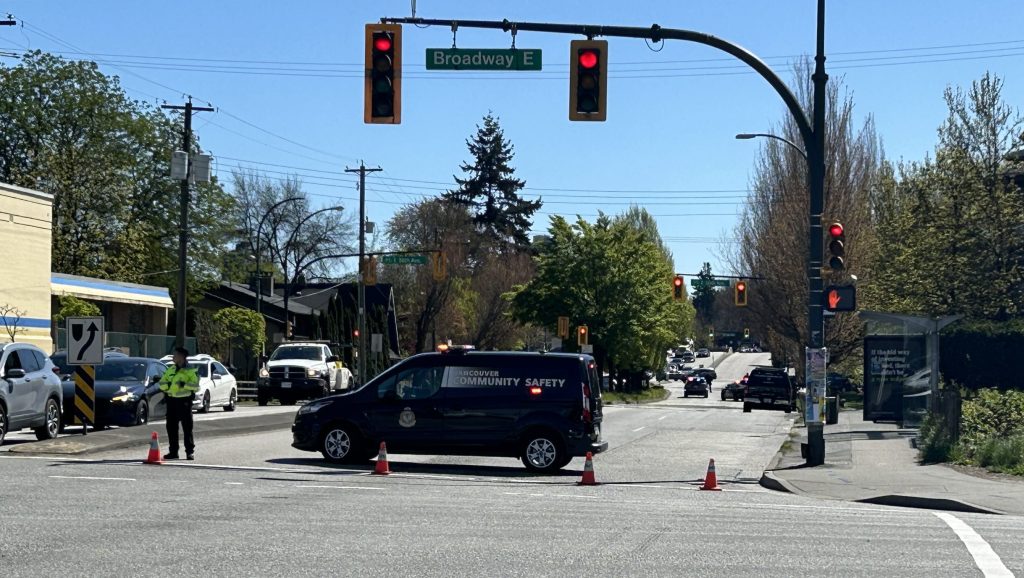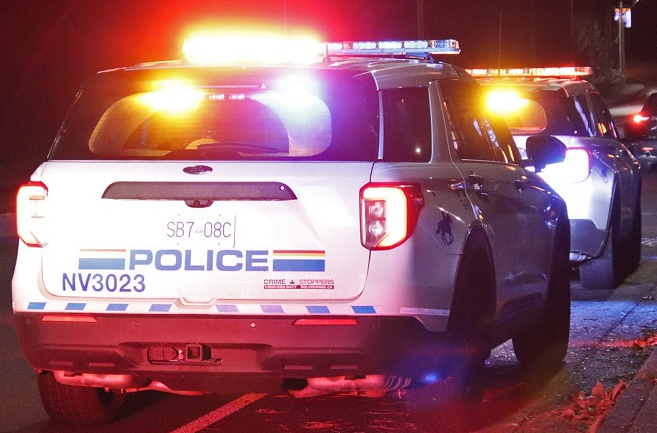Great BC ShakeOut readies people for quake aftermath
Posted October 15, 2015 7:25 am.
Last Updated October 15, 2015 12:11 pm.
This article is more than 5 years old.
VANCOUVER (NEWS 1130) – It’s drilled into us every year: when a major earthquake hits the Lower Mainland you should “drop, cover and hold on!” That will likely get you through event itself, but what are your chances of surviving the aftermath?
Today is the Great BC ShakeOut and one local neighbourhood has taken steps to be ready for the days and weeks after a massive quake.
The Shake Out is observed by millions around the world, including schools businesses and all levels of governments.
But folks in an East Vancouver neighbourhood quickly recognized a need for grassroots-level, community preparedness to survive the aftermath of major earthquake.
Lourette Swanapoel is among a group of 10 volunteers from the neighbourhood around Fraser Street and 41st Avenue who have actually taken formal training in First Aid, firefighting and other disaster responses and organized a community meeting place for anyone stuck at home.
“When the earthquake hits and we come out of our building, what do we do? OK, the next step they know is go to the assembly point and then at the assembly point our leaders can start to allocate people to different roles, take stock of injuries, children and seniors.”
The training was provided by Vancouver Fire Rescue Services through the city’s Neighbourhood Emergency Assistance Team program.
More than 750,000 people in our province have signed up to take part but is one drill per year really enough to keep you prepared?
And you may not think once a year is enough especially in an area that get frequent earthquake activity like Chile or Japan which practice more often.
“The best prepared has to be Japan, through education they have a tremendously sophisticated monitoring and warning system, a lot of things are automated unlike around here where we leave it to chance,” explains John Vidale with the University of Washington.
“There are a lot of earthquake threats around here. One threat is of a giant earthquake on the coast — the odds are about 1 in 300 a year up here in the northern part of Cascadia.”
But is the annual drill in BC really enough to ensure people remember what to do when The Big One hits? “Once a year is probably a good number because we may not see an earthquake for decades, it’s hard to spend more than one time a year exercising.”
Vidale adds we could improve our early warning systems in BC because one more minute makes that much of a difference.










